Over the past few months, my son has been learning to read and I thought I’d share with you a strategy that we use that has been very successful for us. I also used it with my daughter when she was learning to read several years ago. I was first told of this strategy by a friend who had heard of it as a memorization tool for learning Bible verses. It’s basically just a really great way to review anything you’re wanting to learn. In our case, that’s words and here’s how it works:
We use an index card box, index card dividers, and our word cards. The index card dividers are labeled as such:
- Daily
- Even Days
- Odd Days
- Monday
- Tuesday
- Wednesday
- Thursday
- Friday
- Numbers 1-31 (one card for each day of the month)
We begin with a few cards of words that we’ve learn to decode and read. Those go behind the “Daily” divider and we practice reading those words everyday. Once he’s able to recognize and read those words automatically without hesitation we move those behind the “Even Days” and/or “Odd Days” dividers and now only practice those every other day. The words behind “Even Days” we practice on even number days of the month like the 2nd, 4th, 6th, etc. and the words behind the “Odd Days” divider we practice on the odd number days of the month.
We now put our new cards we’re learning behind the “Daily” divider and continue practicing them daily, while also practicing words behind either the “Even Days” or “Odd Days” divider. Once he’s reading the new “Daily” words automatically, we’ll again move those words back to the “Even Days” or “Odd Days” divider and the words that were previously there are moved on back to the “Monday”, “Tuesday”, “Wednesday”, “Thursday”, “Friday” dividers. Now we have words we’re practicing daily, every other day, and each day of the week.
So basically every time he’s mastered his “Daily” words, those words move to be practiced every other day. The words that we were practicing every other day then move to being practiced once a week, and the once a week words move to one of the numbered dividers and are now only being practiced once a month. There are some words sometimes that he still needs practice on and I’ll keep them being reviewed frequently while I move the rest of his word cards to another spot. We also make it a big deal when the word cards move back in the file box because that means he’s mastering them. I’ll usually let him get a small reward like a piece of candy from our candy jar.
This method is incredibly simple but I know it might not still seem clear without seeing it in action. Here’s a detailed example of how we used it on a particular day:
Our “Daily” words we were reading every day:
This particular day was Thursday, February 13th. Since the 13th is an odd number day, we reviewed the words behind the “Odd Days” divider as well. These we practice every other day.
Again, the date was Thursday, February 13, so we also reviewed the words behind the “Thursday” divider. These were words he had learned previously and had moved back as new words were introduced and we practice them weekly.
And finally, since it was the 13th of February, we read the words behind the number divider “13“. These words behind the number dividers we just review monthly.
I pulled out all the words from their dividers so you can see all the words we practiced in one day. There were fifteen total.
I also posted a very short video of me describing the method in hopes that it might make it more clear as well.
In order for students to become fluent readers, they must develop automatic recognition of words they’ve previously learned and decoded. This is an easy strategy to help them increase word recognition and even keep previously learned words fresh in their mind. This also builds confidence and helps increase fluency as readers are no longer having to stop and sound out as many words. This strategy is also perfect for reviewing sight words which students must learn to recognize instead of sounding out.
I’m not in the regular classroom right now, but if I was I’d definitely have one of these boxes for each of my struggling readers. If I could not go through these words each day with them, I’d try to see if a volunteer or an aid could work with them. This is even something that older students could come in and help younger students with. It’s a simple, quick strategy that definitely builds better readers!


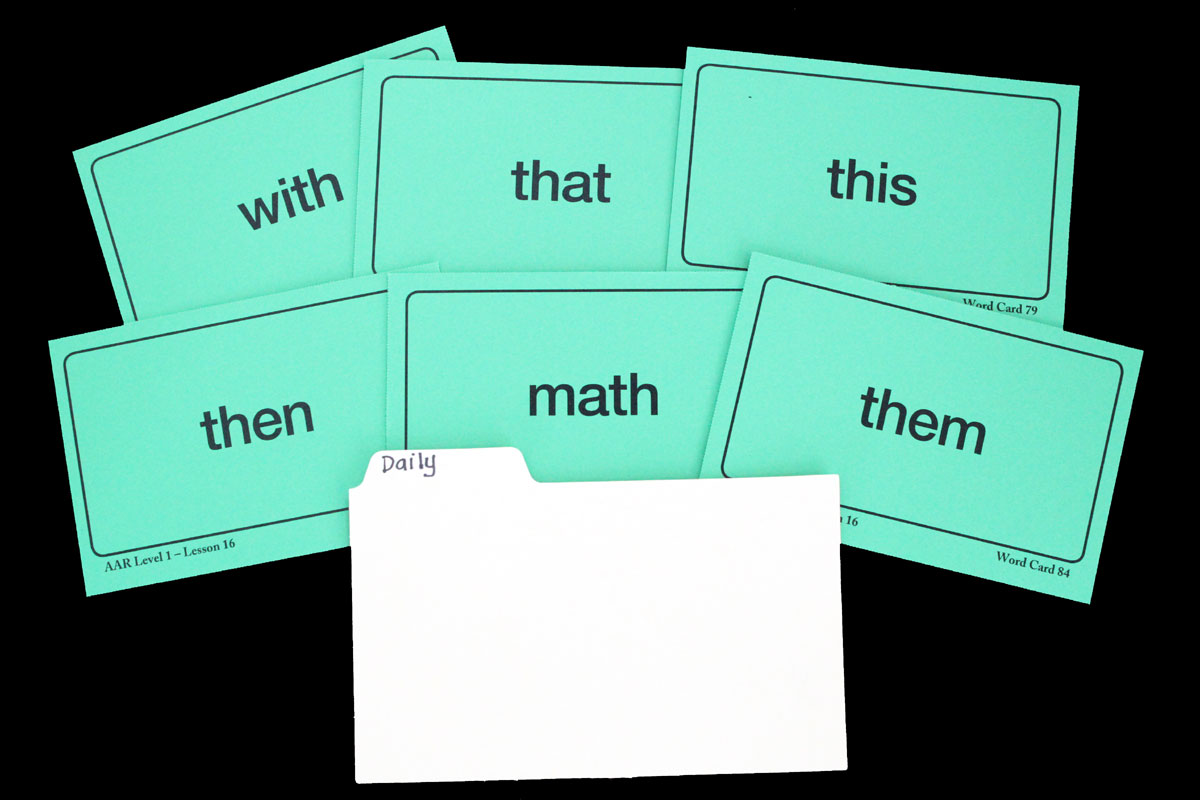
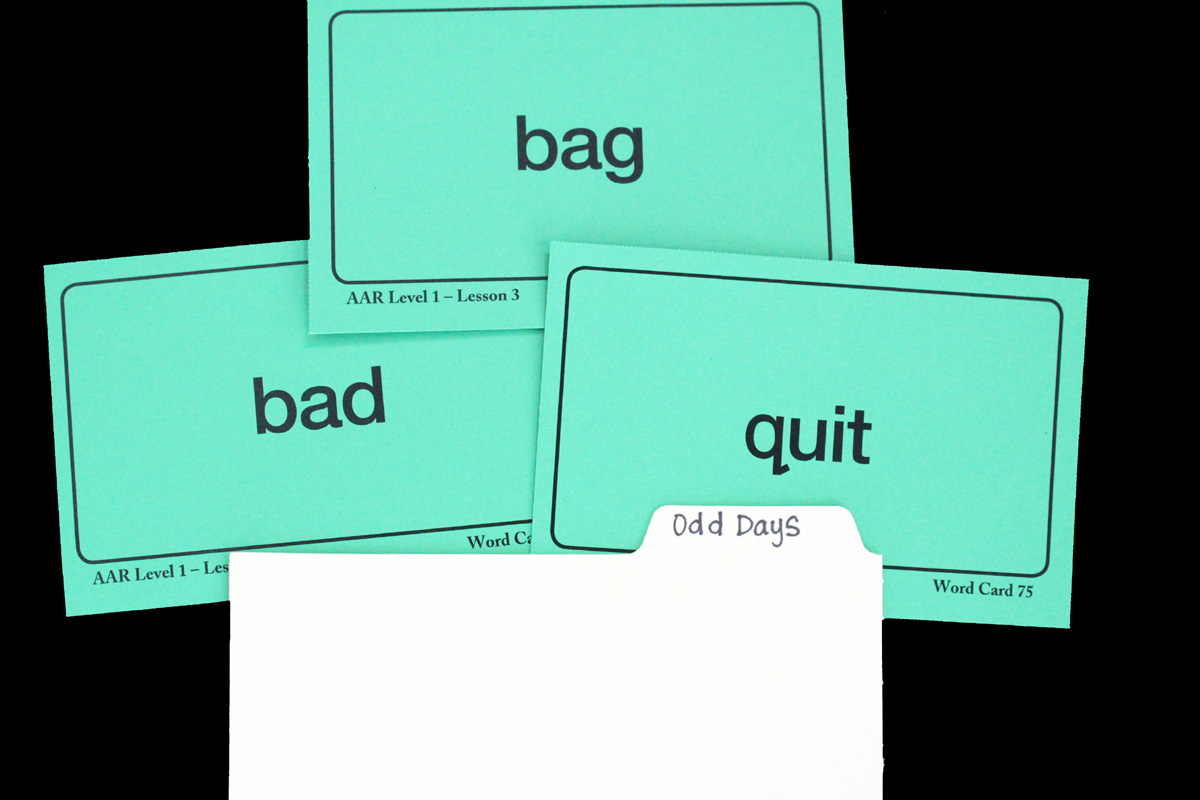
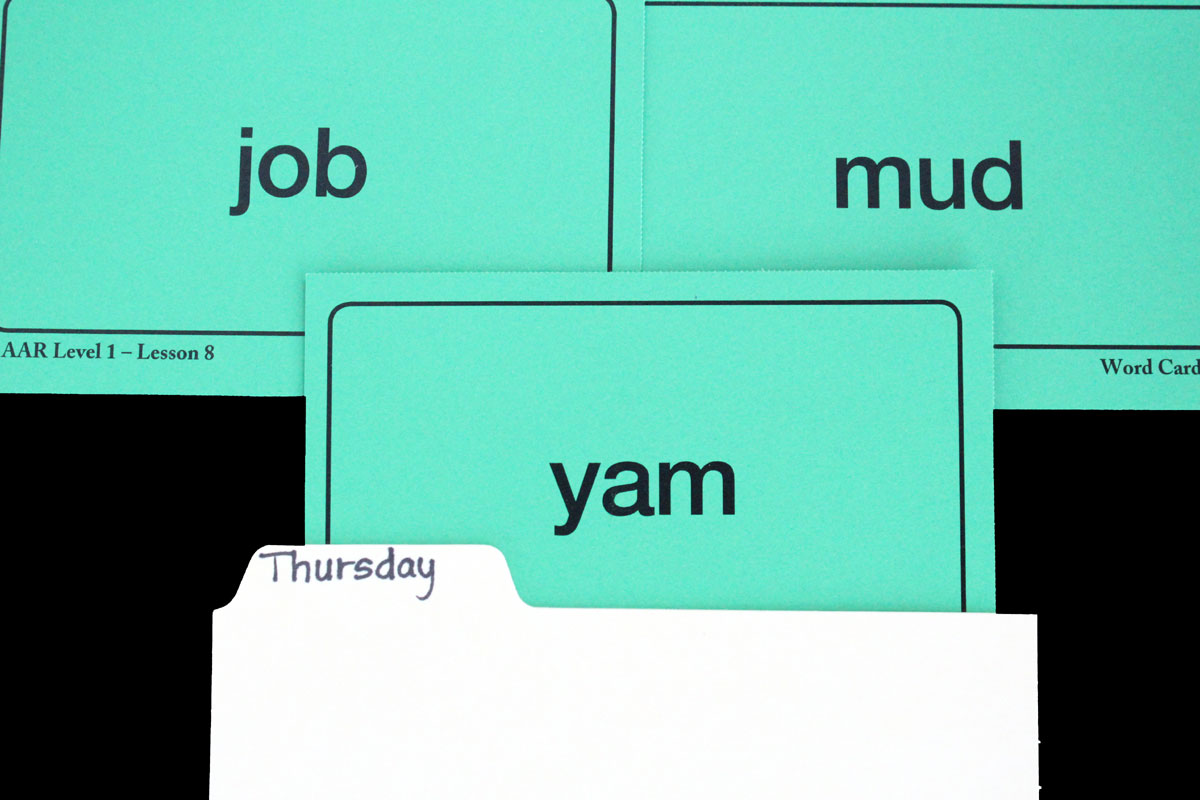
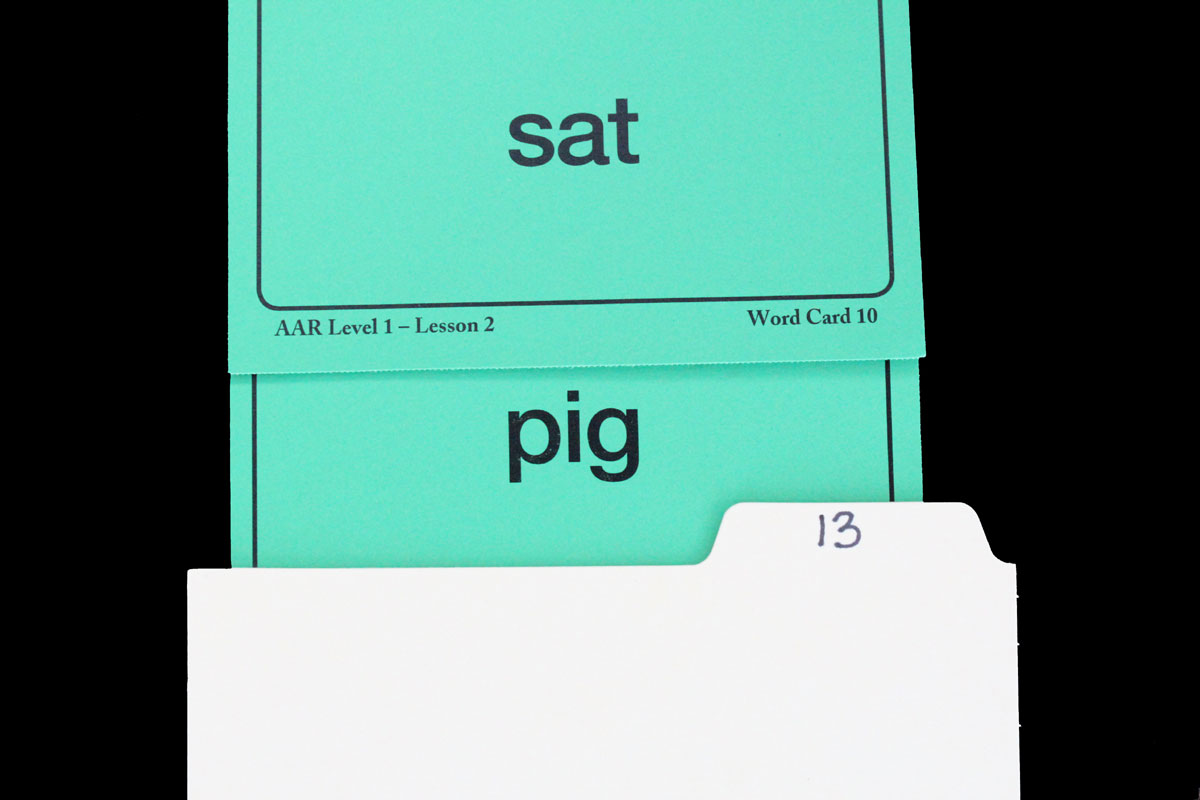
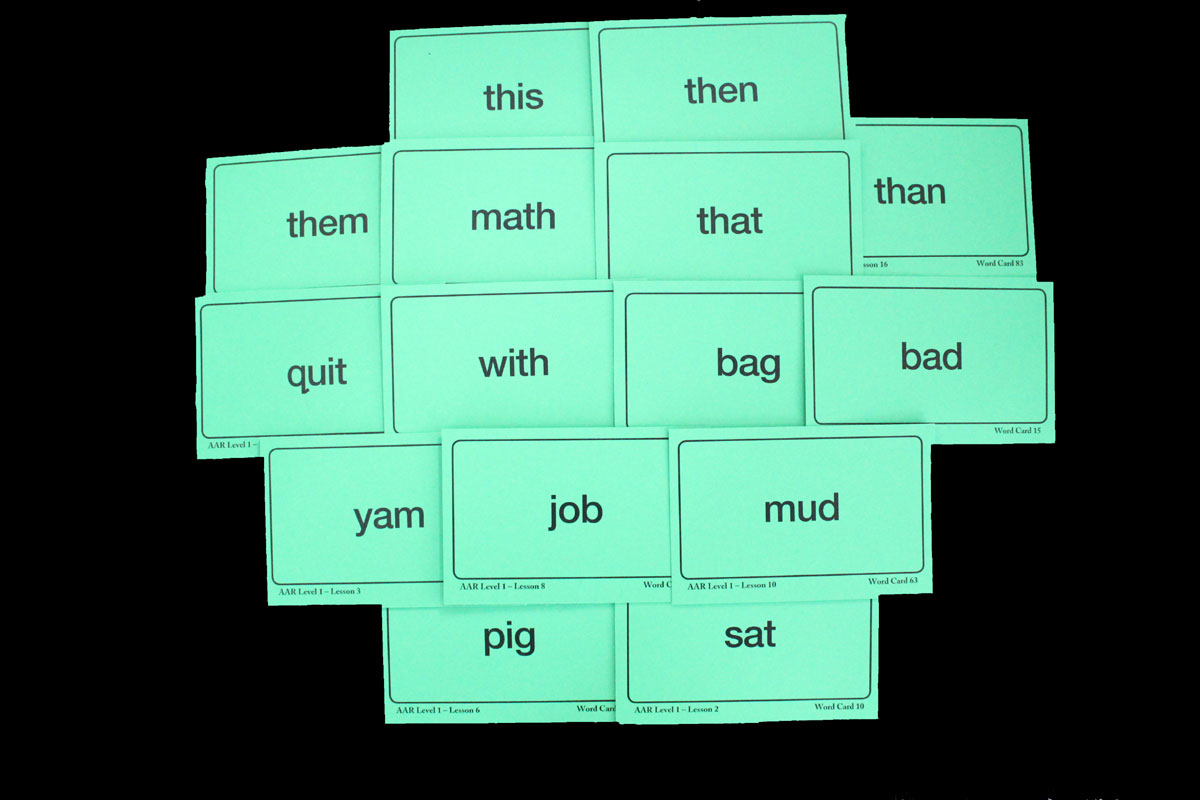
1 Comment